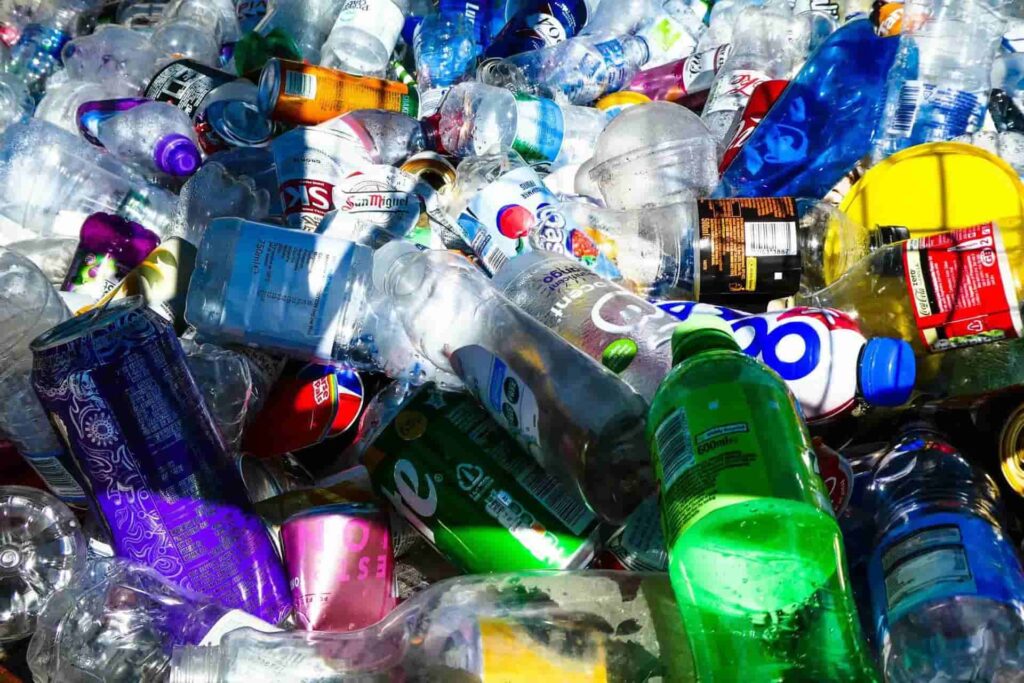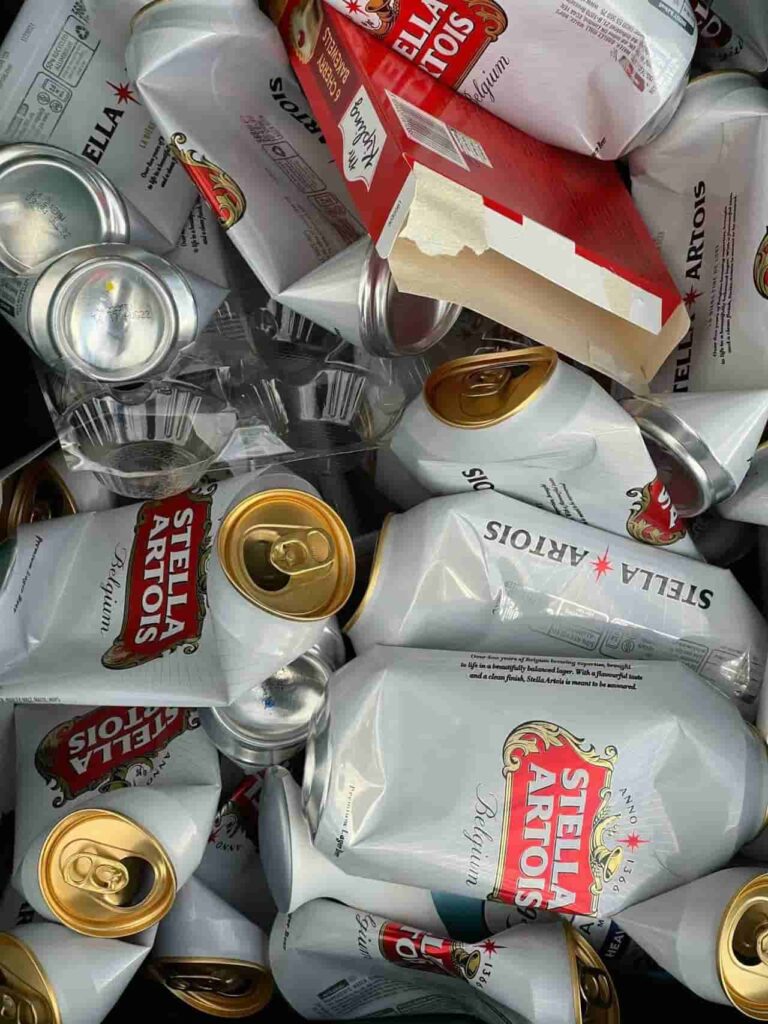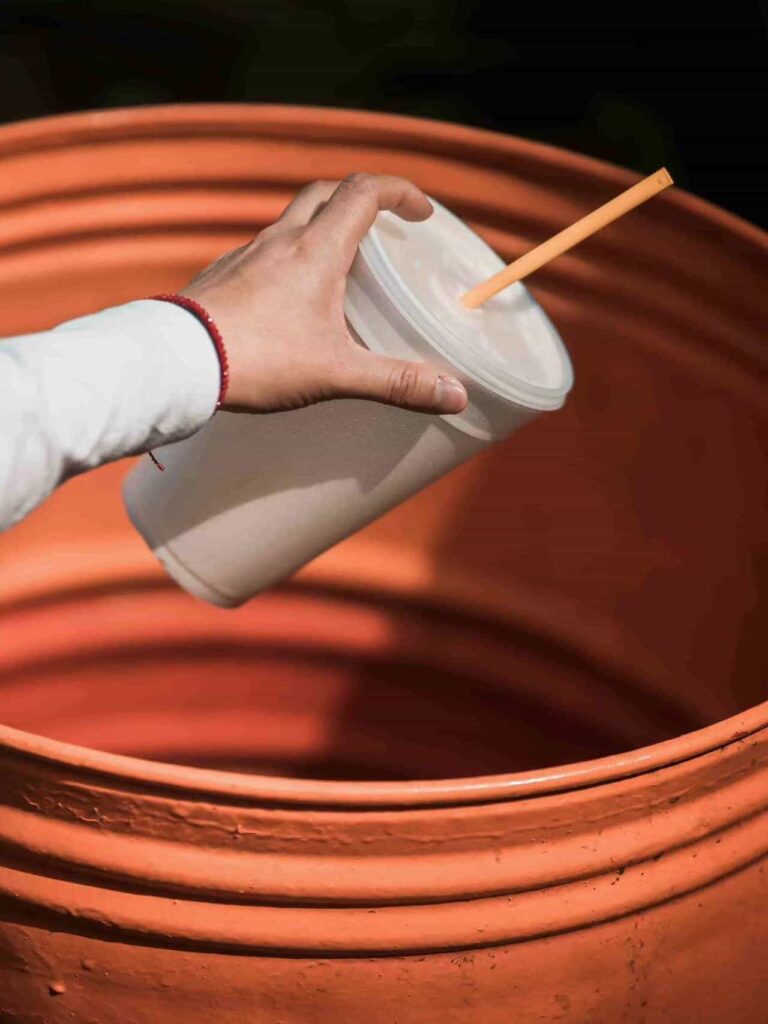Businesses are aware of the need to reduce their ecological footprint in today’s environmentally conscious world. One key way to achieve this is by minimizing packaging waste in supply chains. Consumers increasingly demand sustainable practices. Efficient packaging protects products and reduces environmental harm. This blog will explore why reducing packaging waste is crucial.
First, we’ll discuss the different types of packaging waste. Understanding the various forms is essential. Next, we’ll look at the escalating impact of packaging waste. Its effects on the environment are significant. Pollution, resource depletion, and greenhouse gas emissions are major concerns. Reducing packaging waste offers many benefits. It protects the environment and conserves resources. Additionally, it saves costs and enhances brand image. Companies that prioritize sustainability attract environmentally conscious consumers. Finally, we’ll cover effective methods to reduce packaging waste. Strategies include optimizing packaging design and switching to sustainable materials. Improving recycling practices and implementing returnable packaging are also important. Educating and training employees is crucial.
By adopting these methods, businesses can make a positive impact. Let’s dive in and discover how your company can contribute to a more sustainable future.
Table of Contents
ToggleCONTENTS LIST
Section 1 Understanding Packaging Waste
Packaging waste includes all materials used to wrap, contain, and protect products during transportation, storage, and delivery. This encompasses a wide range of materials, such as plastic wraps, cardboard boxes, glass bottles, and metal cans. Each type of packaging ensures that products reach consumers in good condition. However, these materials can accumulate quickly, leading to significant environmental challenges.
Plastic packaging is one of the most common forms of waste. Its durability and versatility make it popular. However, it is difficult to decompose and can persist in the environment for centuries. Paper and cardboard are more biodegradable but still contribute to waste if not properly recycled. Glass packaging is fully recyclable but requires energy-intensive processes. Metal packaging, while recyclable, also demands significant energy for production and recycling.
Understanding the nature and types of packaging waste is the first step in devising effective reduction strategies. Recognizing which materials are most harmful and which are more sustainable can guide businesses in making better choices. For example, switching from non-recyclable plastics to biodegradable materials can make a big difference.
The volume of packaging waste generated by businesses contributes to pollution, resource depletion, and greenhouse gas emissions. By understanding these impacts, companies can better appreciate the urgency of reducing packaging waste. This knowledge is crucial for developing sustainable practices. These practices not only protect the environment but also enhance the company’s reputation and efficiency.
In summary, understanding packaging waste is essential for businesses aiming to reduce their environmental footprint. It lays the foundation for strategic actions that promote sustainability and responsible resource management.

Section 2 Various Forms of Packaging Waste
Packaging waste comes in many forms, each presenting unique challenges for disposal and recycling. Understanding these different types is crucial for developing effective waste reduction strategies.
Plastic Packaging
Plastic is widely used due to its durability, lightweight nature, and versatility. It can be molded into various shapes and forms, making it ideal for a range of products. However, plastic is notoriously difficult to decompose. It can take hundreds of years to break down, leading to long-term environmental pollution. Additionally, plastics often end up in oceans, harming marine life and disrupting ecosystems.
Paper and Cardboard
These materials are generally more biodegradable compared to plastic. They are widely used for packaging due to their sturdiness and recyclability. However, if not properly recycled, paper and cardboard can still contribute significantly to waste. The production and disposal processes also consume considerable resources, including water and energy.

Glass Packaging
Glass is fully recyclable and can be recycled indefinitely without losing its quality. It is commonly used for beverages, food, and cosmetic products. However, the production and recycling of glass are energy-intensive processes. Transporting glass can also be costly due to its weight and fragility, adding to its environmental footprint.
Metal Packaging
Metals like aluminum and steel are commonly used in packaging for their strength and recyclability. Aluminum, for instance, is often used for beverage cans and food containers. While metals are highly recyclable, their production and recycling processes require significant energy. Mining for raw materials and refining metals also have substantial environmental impacts.
Recognizing these different forms of packaging waste can help businesses tailor their waste reduction strategies accordingly. For example, companies might focus on reducing plastic use by switching to biodegradable alternatives. They could also implement better recycling practices for paper and cardboard. Exploring lightweight and more efficient alternatives for glass and metal packaging could further reduce their environmental impact. By understanding the specific challenges and benefits associated with each type of packaging, businesses can make informed decisions. These decisions can lead to more sustainable practices and a significant reduction in their overall packaging waste.
Section 3 The Escalating Issue and Consequences of Packaging Waste
The problem of packaging waste is growing at an alarming rate. Recent studies reveal that packaging waste constitutes a significant portion of the global waste stream. This surge in waste poses severe environmental consequences, necessitating urgent action from businesses.
Pollution
Packaging materials, particularly plastics, are major contributors to both land and marine pollution. Plastics can take hundreds of years to decompose, leading to long-lasting pollution. In oceans, plastic waste harms marine life, entangles animals, and breaks down into microplastics that enter the food chain, impacting both wildlife and human health. Land pollution from discarded packaging can lead to soil contamination, affecting plant life and agricultural productivity.
Resource Depletion
The production of packaging materials consumes vast amounts of natural resources. For example, producing plastic requires significant amounts of oil and natural gas, while paper and cardboard production relies heavily on trees and water. The extraction and processing of these raw materials lead to habitat destruction, loss of biodiversity, and increased strain on already limited resources.

Greenhouse Gas Emissions
The manufacturing and disposal processes for packaging materials generate substantial greenhouse gases. Plastic production emits large quantities of carbon dioxide and methane, contributing to global warming. The energy-intensive processes involved in producing glass and metal packaging also result in high emissions. Additionally, the decomposition of organic packaging materials like paper in landfills produces methane, a potent greenhouse gas.
These impacts underscore the urgent need for businesses to adopt sustainable practices in their supply chains. By reducing packaging waste, companies can play a crucial role in mitigating these environmental issues. Sustainable practices include using recyclable and biodegradable materials, optimizing packaging design to reduce material use, and improving recycling and waste management systems.
Moreover, addressing packaging waste is not only an environmental imperative but also a business opportunity. Consumers are increasingly demanding eco-friendly products and practices. Businesses that prioritize sustainability can enhance their brand reputation, meet regulatory requirements, and tap into new market opportunities. The escalating issue of packaging waste and its severe environmental consequences highlight the urgent need for sustainable practices. By taking proactive steps to reduce packaging waste, businesses can contribute to a healthier planet and build a more sustainable future.
Section 4 Advantages of Minimizing Packaging Waste
Reducing packaging waste offers numerous benefits that extend beyond environmental protection. By minimizing waste, businesses can significantly decrease pollution and conserve natural resources. Less waste means fewer pollutants entering our landfills and oceans, and a reduced strain on resources like oil, trees, and water. This contributes to a healthier planet and promotes biodiversity.
Moreover, cost savings are a major advantage of efficient packaging. Using fewer materials and optimizing packaging design can lower production costs. Additionally, reducing waste can decrease disposal fees, leading to significant financial savings. These cost benefits can improve a company’s bottom line and provide funds for further sustainability initiatives.
Another important benefit is the enhancement of the brand image. Companies that prioritize sustainability are increasingly favored by consumers who value eco-friendly practices. By reducing packaging waste, businesses can improve their reputation and attract environmentally conscious customers. This positive brand image can lead to increased customer loyalty and a competitive edge in the market.
Regulatory compliance is also a crucial aspect. Governments and regulatory bodies are imposing stricter environmental regulations. By meeting or exceeding these regulations, companies can avoid legal issues and penalties. Staying ahead of regulatory requirements not only ensures compliance but also positions a company as a leader in sustainability.
These advantages make a compelling case for businesses to invest in waste reduction strategies. By adopting sustainable practices, companies can protect the environment, save costs, enhance their brand, and comply with regulations, ultimately contributing to a more sustainable future.
Section 5 Effective Methods to Cut Down Packaging Waste in Your Supply Chain
Implementing strategies to reduce packaging waste requires a multi-faceted approach, addressing various aspects of the supply chain. Here are some effective methods to consider:
Optimize Packaging Design
Start by rethinking your packaging design. Use minimalistic and efficient designs that reduce material usage without compromising product protection. This can include innovative design solutions that use less material while maintaining durability and functionality. Streamlined packaging not only cuts down on waste but can also enhance the unboxing experience for customers.
Switch to Sustainable Materials
Transition to using biodegradable, recyclable, or reusable materials. Sustainable materials, such as plant-based plastics, recycled paper, and glass, can significantly reduce the environmental footprint of your packaging. These materials are often more environmentally friendly and can be part of a closed-loop recycling system, reducing the need for virgin materials.

Improve Recycling Practices
Establish comprehensive recycling programs within your organization and encourage participation from all stakeholders. This involves setting up clear recycling guidelines, providing appropriate bins, and ensuring that all staff are informed about recycling practices. Partnering with local recycling facilities can also improve the efficiency of your recycling efforts.
Implement Returnable Packaging
Use packaging that can be returned, cleaned, and reused. This approach is particularly effective in B2B transactions where shipping containers and pallets can be cycled back and forth between suppliers and buyers. Returnable packaging systems can drastically cut down on single-use materials and reduce overall waste.
Educate and Train Employees
Ensure that your team understands the importance of reducing packaging waste and is trained in best practices. Education and training programs can help employees recognize the value of sustainability and implement waste reduction strategies effectively. Engaged and informed employees are crucial for the successful adoption of sustainable practices.
By incorporating these methods, businesses can significantly reduce their packaging waste and its environmental impact. These strategies not only help in conserving resources and reducing pollution but also in improving operational efficiency and enhancing brand reputation. By taking a proactive approach to waste reduction, companies can lead the way in sustainability and contribute to a healthier planet.
Section 6 Take Action to Reduce Packaging Waste Now
The time to act is now! Businesses must prioritize sustainability and take proactive steps to minimize packaging waste. Start by assessing your current packaging practices, identifying areas for improvement, and implementing the strategies outlined above. By doing so, you can contribute to a healthier planet while also benefiting from reduced costs and an enhanced brand image.
In conclusion, reducing packaging waste is not just a responsibility but also an opportunity for businesses to lead the way in sustainability. By understanding the issue, recognizing the types and consequences of waste, and adopting effective reduction methods, companies can make a significant impact. Embrace this chance to improve your supply chain and build a more sustainable future. Contact us and start your journey towards a more sustainable supply chain today.











